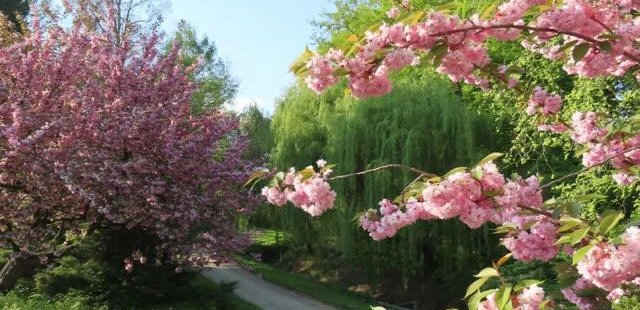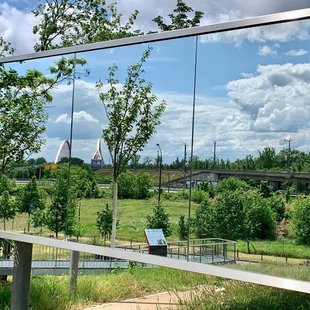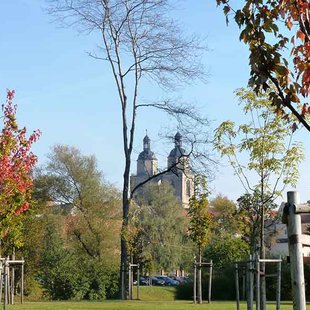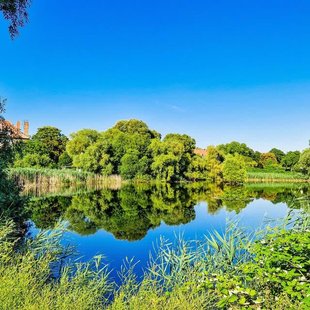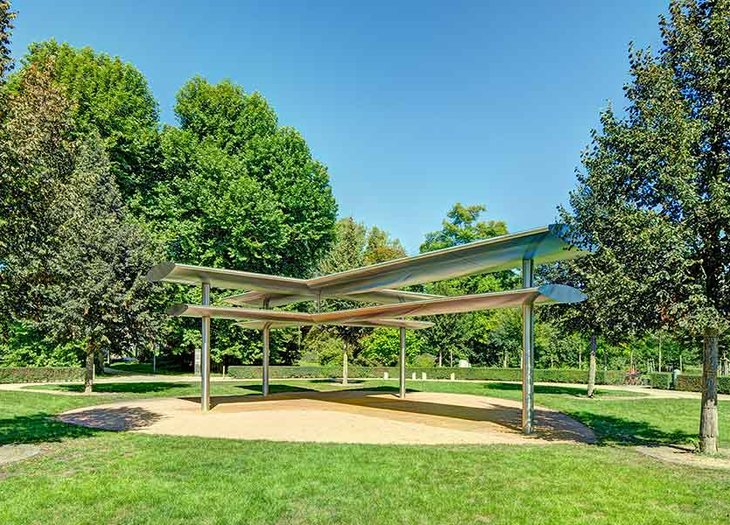
Places of interest along the ramparts
If you want to escape from the hustle and bustle of the old town for a few moments, you can rest at the ramparts. In spring, for example, the cherry blossoms are beautiful to look at at the moat, in autumn you should not miss the colorful foliage.In the southeast of the city is the Bunkerberg, which offers you a beautiful view of the city and the surrounding area. Since 2017, you can walk on mirrored walkways to get ever new angles of the landscape. Small parks and watercourses crisscross the ramparts and invite visitors to take a deep breath. Wittenberg's zoo and several playgrounds have also found a home at the historic ramparts. For the anniversary of the Reformation in 2017, the Luther Garden was created at the Wittenberg ramparts, a living sign of worldwide understanding - even beyond religious boundaries. Nearly 300 trees were planted at Andreasbreite by church representatives from around the world who took on tree sponsorship. Even though the trees are still growing, the Luther Garden is already a retreat for locals and visitors from all over the world. The center of the grounds is a square in the shape of the Luther Rose, with five linden trees at either end. Tree species from all continents grow along the paths on the Andreas width, recalling the international impact of the Reformation.
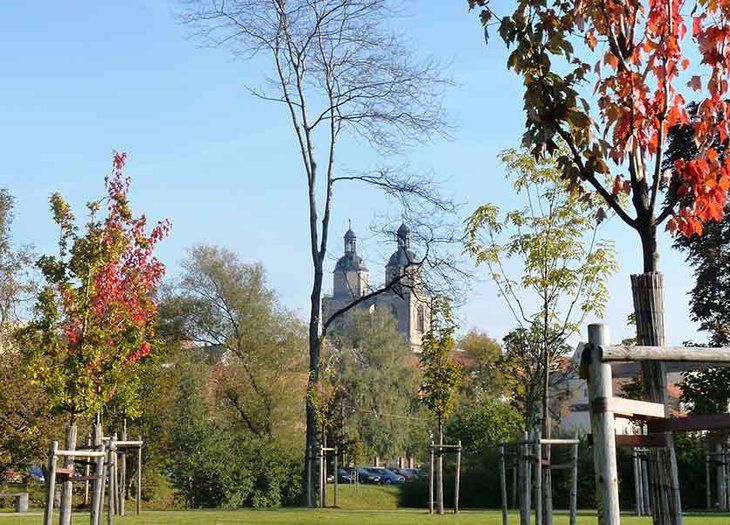
History of the ramparts
Under Elector John the Constant, who was Elector of Saxony from 1525 to 1532, the renewal of the city fortifications was begun. In the years from 1526 to 1547, a rampart was to be built on the site of the medieval city wall. A rampart was built along the city borders, the lower part of which was supported by a wide wall. In front of the rampart ran a moat fed by the Elbe water through a system of sluices, and to the north near the Franciscan monastery and to the west in front of the castle protruded rondels for defense. Strike weirs and bastions were built at some sections, for example at the southwest corner of the Luther House. The defortification was decided in 1873 and so the former fortification has developed into the green ramparts.
Open map
We would like to point out that when you activate the map, data is transmitted to the provider Google.
The Luther Garden and many other beautiful destinations along the ramparts are accessible without barriers. If you have any questions, please contact us directly at the Tourist Information.


